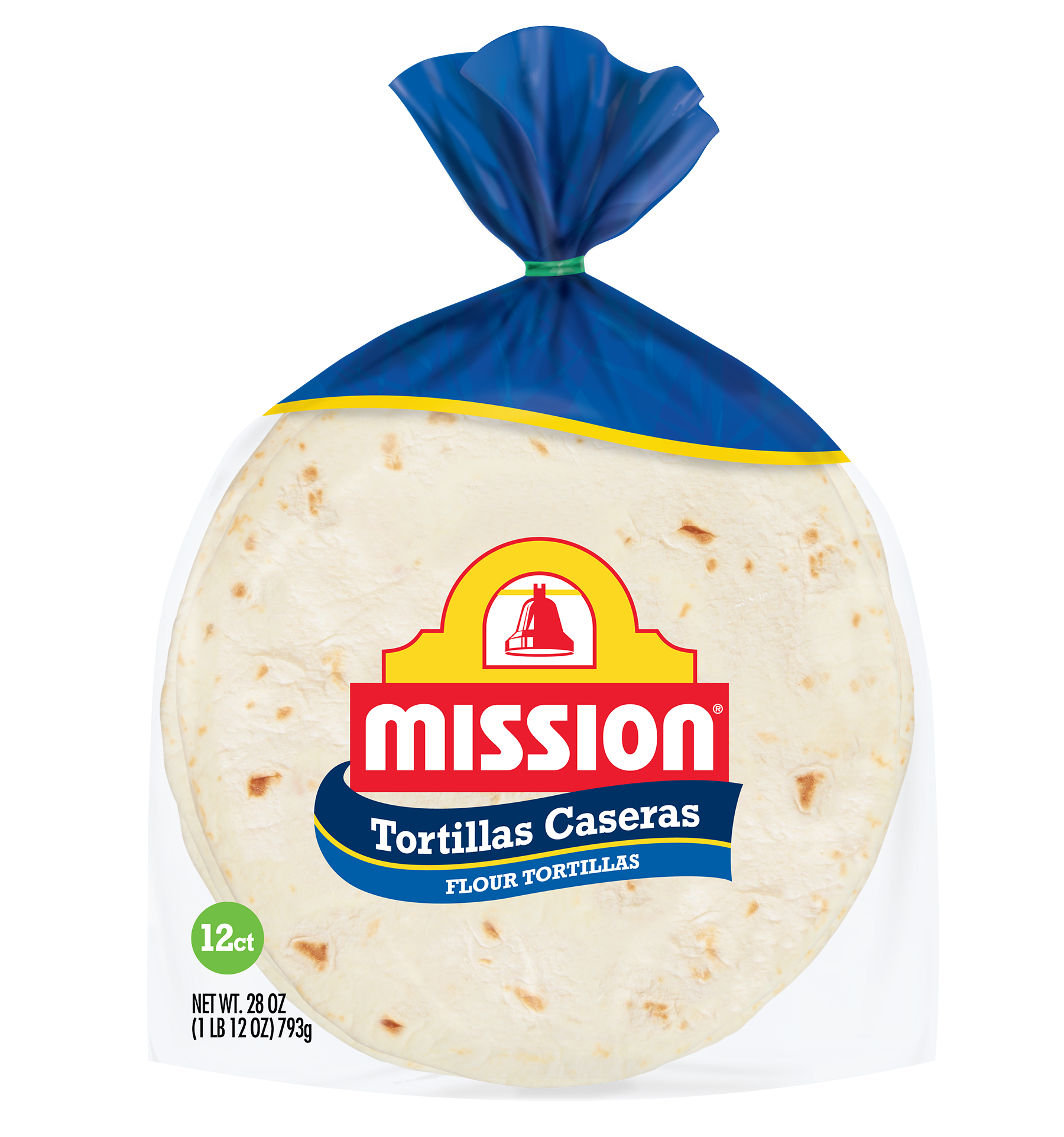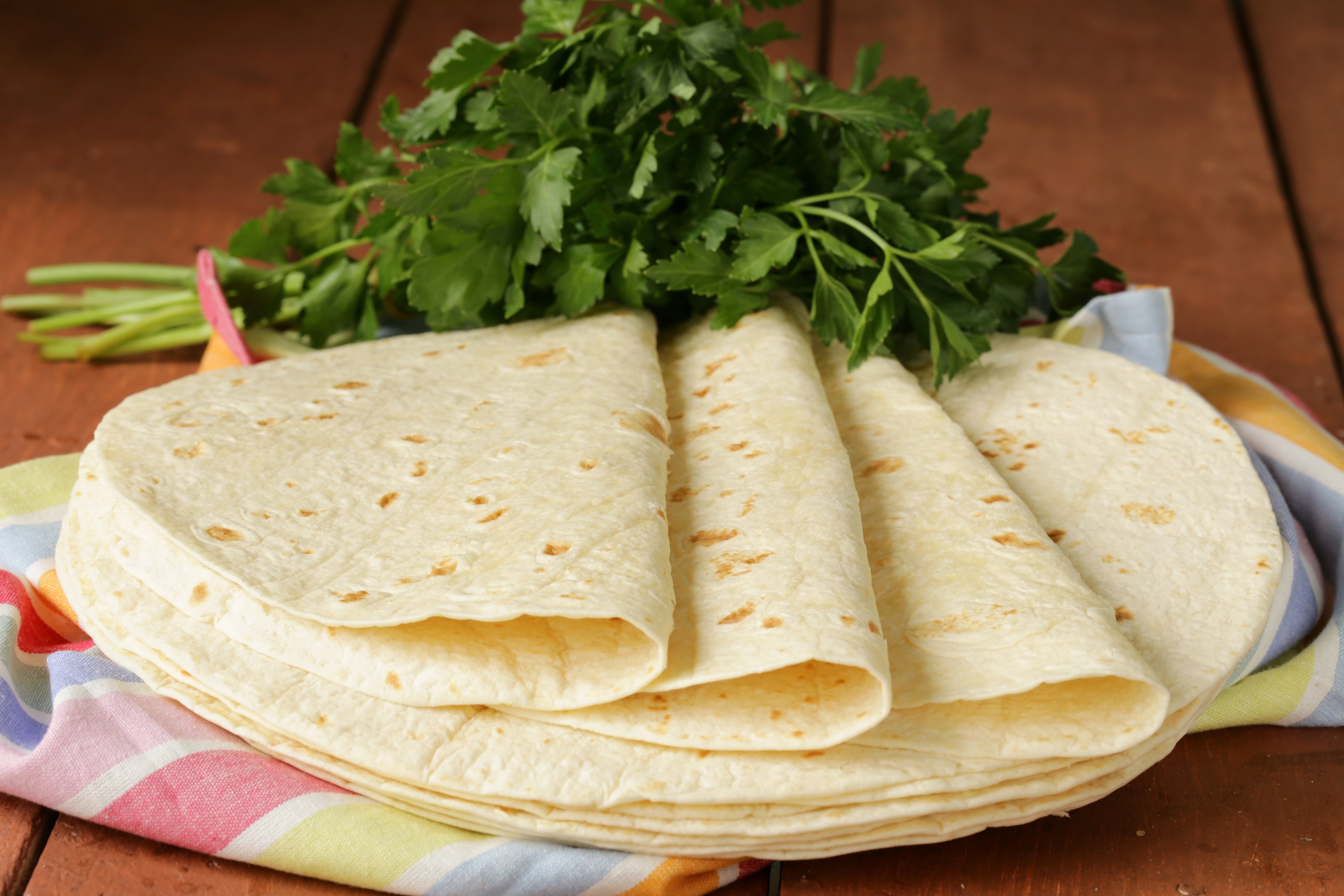When it comes to flour tortillas in Spanish, there's a whole world of flavor waiting to be discovered. Tortillas aren’t just a flatbread; they’re a cultural staple that brings people together. Whether you’re wrapping up a burrito or making a simple taco, these babies are the unsung heroes of every Mexican meal. So, why not dive deep into the magic behind this versatile ingredient?
If you’re like me, the first time you tasted a freshly made flour tortilla was pure bliss. The soft, pillowy texture melting in your mouth, paired with the subtle aroma of butter—it’s a taste that stays with you forever. But what exactly makes flour tortillas so special? And how do they fit into the rich tapestry of Spanish-speaking cuisine? Let’s unravel the mystery together!
Flour tortillas in Spanish are more than just food; they’re a reflection of tradition, culture, and innovation. From the bustling streets of Mexico City to the cozy kitchens of Spain, these tortillas have found their way into hearts and stomachs worldwide. So grab a cup of coffee, and let’s explore everything you need to know about this culinary gem.
- Lauryn Hill Locs The Ultimate Guide To Her Iconic Style
- Preserved Family The Art Of Keeping Bonds Strong In Modern Times
What Are Flour Tortillas in Spanish?
Flour tortillas in Spanish are known as "tortillas de harina," and they’re a flatbread made primarily from wheat flour, water, and fat (usually lard or vegetable shortening). Unlike corn tortillas, which are made from maize, flour tortillas have a softer texture and a slightly richer flavor. They’re the perfect base for a wide range of dishes, from enchiladas to fajitas.
In Spanish-speaking countries, tortillas de harina are often associated with northern Mexican cuisine, where wheat farming has been prevalent for centuries. However, their popularity has spread far and wide, making them a pantry essential for cooks around the globe.
History of Flour Tortillas in Spanish-Speaking Countries
The history of flour tortillas dates back to the Spanish colonization of the Americas. When wheat was introduced to the region, it quickly became a staple crop, especially in areas with cooler climates unsuitable for growing corn. Over time, indigenous communities adapted their traditional corn tortilla recipes to incorporate wheat flour, giving birth to the tortilla de harina we know today.
- Mouse Guy The Ultimate Guide To The Worldrsquos Most Famous Rodent Enthusiast
- Wooden Backdrop Arch Transform Your Space With Stunning Rustic Elegance
Interestingly, flour tortillas gained prominence in regions like Nuevo León and Chihuahua, where they became an integral part of local diets. Today, they’re celebrated not only in Mexico but also in countries like Spain, where they’ve been embraced by food enthusiasts eager to explore new flavors.
Why Are Flour Tortillas So Popular?
Let’s face it—flour tortillas are a crowd-pleaser. Their versatility makes them a go-to choice for everything from breakfast burritos to dinner wraps. But what exactly makes them so irresistible? Here are a few reasons why tortillas de harina have captured the hearts of food lovers everywhere:
- Texture: Flour tortillas have a soft, pliable texture that’s perfect for wrapping around fillings without breaking.
- Flavor: With a mild, slightly sweet taste, they complement a wide variety of ingredients, from spicy meats to creamy cheeses.
- Customization: You can tailor the size and thickness of your tortillas to suit your needs, whether you’re making mini tacos or giant burritos.
- Convenience: Store-bought tortillas are readily available, but making them at home is surprisingly easy and rewarding.
Plus, let’s not forget the cultural significance of tortillas. They’re more than just food—they’re a symbol of unity and tradition, bringing families and friends together around the table.
Health Benefits of Flour Tortillas
While some people might shy away from flour tortillas due to their carb content, they actually offer several health benefits when enjoyed in moderation. For starters, they’re a good source of energy, thanks to their carbohydrate content. They also provide essential nutrients like iron and B vitamins, which are vital for maintaining overall health.
However, it’s worth noting that not all flour tortillas are created equal. Some commercial brands may contain added fats or preservatives, so it’s always a good idea to check the ingredients list. If you’re looking for a healthier option, consider making your own tortillas at home using whole wheat flour or experimenting with gluten-free alternatives.
How to Make Flour Tortillas at Home
Ready to try your hand at making tortillas de harina? It’s easier than you think! All you need are a few simple ingredients and a bit of patience. Here’s a step-by-step guide to help you get started:
- Combine 2 cups of all-purpose flour, 1 teaspoon of salt, and 1 tablespoon of vegetable oil in a mixing bowl.
- Gradually add 3/4 cup of warm water, mixing until a dough forms. If the dough feels too dry, add a little more water; if it’s too sticky, add a bit more flour.
- Knead the dough for about 5 minutes until it becomes smooth and elastic. Cover it with a damp cloth and let it rest for 30 minutes.
- Divide the dough into small balls (about the size of a golf ball) and roll them out into thin circles using a rolling pin.
- Cook the tortillas on a preheated skillet over medium-high heat for about 30 seconds on each side, or until they puff up and develop light brown spots.
Voilà! You now have fresh, homemade flour tortillas ready to be filled with your favorite ingredients. Trust me, once you taste the difference, you’ll never go back to store-bought ones.
Tips for Perfect Tortillas Every Time
Here are a few tips to ensure your homemade tortillas turn out just right:
- Don’t overwork the dough: Kneading too much can make the tortillas tough. Stop when the dough feels smooth and elastic.
- Use a hot skillet: A properly heated pan helps the tortillas cook evenly and develop a nice golden color.
- Keep them warm: Wrap the cooked tortillas in a clean kitchen towel to keep them soft and pliable while you finish cooking the rest.
With a little practice, you’ll be churning out perfect tortillas in no time. And the best part? They’ll taste so much better than anything you can buy at the store.
Flour Tortillas in Spanish Cuisine
While flour tortillas are most commonly associated with Mexican cuisine, they’ve also found their way into Spanish cooking. In regions like Catalonia and Andalusia, tortillas de harina are used in a variety of dishes, from breakfast staples to gourmet creations.
One popular dish is the "tortilla española," a type of omelette filled with potatoes and onions. While this dish typically uses eggs, some modern chefs have started experimenting with flour tortillas as a base, adding a twist to the classic recipe. Another example is the "tortilla de bacalao," a savory dish made with codfish and flour tortillas.
Cultural Significance of Tortillas in Spain
In Spain, tortillas de harina may not be as ubiquitous as in Mexico, but they still hold cultural significance, especially in areas with strong ties to Latin America. Many Spanish families have embraced Mexican cuisine, incorporating tortillas into their weekly meals.
Interestingly, the term "tortilla" in Spain often refers to the omelette-style dish rather than the flatbread. This can sometimes lead to confusion, but it also highlights the rich diversity of culinary traditions across the Spanish-speaking world.
Where to Buy High-Quality Flour Tortillas
If you’re not ready to make your own tortillas just yet, don’t worry—there are plenty of great options available at your local grocery store. When shopping for flour tortillas, look for brands that use high-quality ingredients and minimal preservatives.
Some of my personal favorites include:
- Mission: A well-known brand with a wide range of sizes and flavors.
- Tortillas San Julian: Known for their authentic taste and soft texture.
- La Tortilla Factory: Offers organic and whole wheat options for health-conscious eaters.
Of course, the best tortillas are always the ones you make yourself, but these store-bought options are a convenient alternative when time is short.
How to Store Flour Tortillas
Once you’ve bought or made your tortillas, it’s important to store them properly to maintain freshness. Here are a few tips:
- Refrigerate: Store tortillas in an airtight container or plastic bag in the fridge for up to a week.
- Freeze: For longer storage, freeze tortillas in freezer-safe bags. They’ll keep for several months and can be reheated when needed.
- Reheat: To bring frozen tortillas back to life, microwave them for 10-15 seconds or wrap them in foil and bake at 350°F for 10 minutes.
Proper storage ensures your tortillas stay soft and delicious, ready to be used whenever inspiration strikes.
Creative Ways to Use Flour Tortillas
Flour tortillas are incredibly versatile, so don’t limit yourself to just tacos and burritos. Here are a few creative ideas to inspire your next cooking adventure:
- Tortilla pizzas: Top a tortilla with tomato sauce, cheese, and your favorite toppings for a quick and easy snack.
- Breakfast wraps: Roll up scrambled eggs, bacon, and avocado for a satisfying morning meal.
- Crackers: Brush tortillas with olive oil, sprinkle with seasoning, and bake until crispy for homemade tortilla chips.
With a little creativity, the possibilities are endless. Whether you’re hosting a dinner party or whipping up a quick lunch, tortillas de harina are sure to impress.
Pairing Flour Tortillas with Wine
When it comes to pairing flour tortillas with wine, the options depend on the dish you’re serving. For spicy fillings, a crisp white wine like Sauvignon Blanc can help balance the heat. If you’re enjoying a rich beef burrito, a full-bodied red like Malbec or Tempranillo is a great choice.
Don’t be afraid to experiment with different wines to find your perfect match. After all, food and wine pairing is all about personal preference and enjoyment.
Conclusion: Embrace the Magic of Flour Tortillas
From their humble beginnings in the kitchens of northern Mexico to their global popularity today, flour tortillas in Spanish have become a beloved staple for cooks and foodies alike. Whether you’re making them at home or buying them from your favorite store, tortillas de harina offer endless possibilities for creativity and flavor.
So why not give them a try? Whether you’re wrapping up a hearty burrito or experimenting with new recipes, flour tortillas are sure to become a mainstay in your kitchen. And don’t forget to share your creations with friends and family—because sharing is caring!
Before you go, drop a comment below and let me know how you like to use flour tortillas in your cooking. And if you enjoyed this article, feel free to share it with others who might find it helpful. Happy cooking, and hasta la próxima!
Table of Contents
- History of Flour Tortillas in Spanish-Speaking Countries
- Why Are Flour Tortillas So Popular?
- Health Benefits of Flour Tortillas
- How to Make Flour Tortillas at Home
- Tips for Perfect Tortillas Every Time
- Flour Tortillas in Spanish Cuisine
- Where to Buy High-Quality Flour Tortillas
- How to Store Flour Tortillas
- Creative Ways to Use Flour Tortillas
- Pairing Flour Tortillas with Wine
- Why Jj Sports Football Shirts Are The Gamechanger For Fans And Players Alike
- Alexis Wipperman The Rising Star Whos Turning Heads In The Entertainment World


